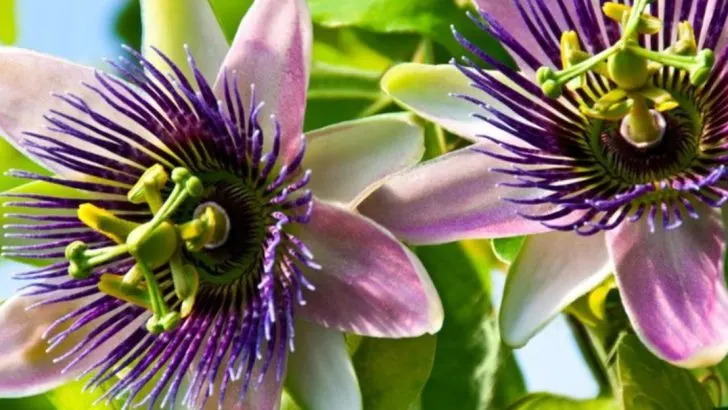Native vining plants add beauty, support local ecosystems, and require less maintenance than non-native species. Whether you’re looking for vibrant flowers, lush greenery, or a natural privacy screen, these 14 native vines are perfect for your garden. Discover their unique benefits and how to grow them successfully!
Coral Honeysuckle
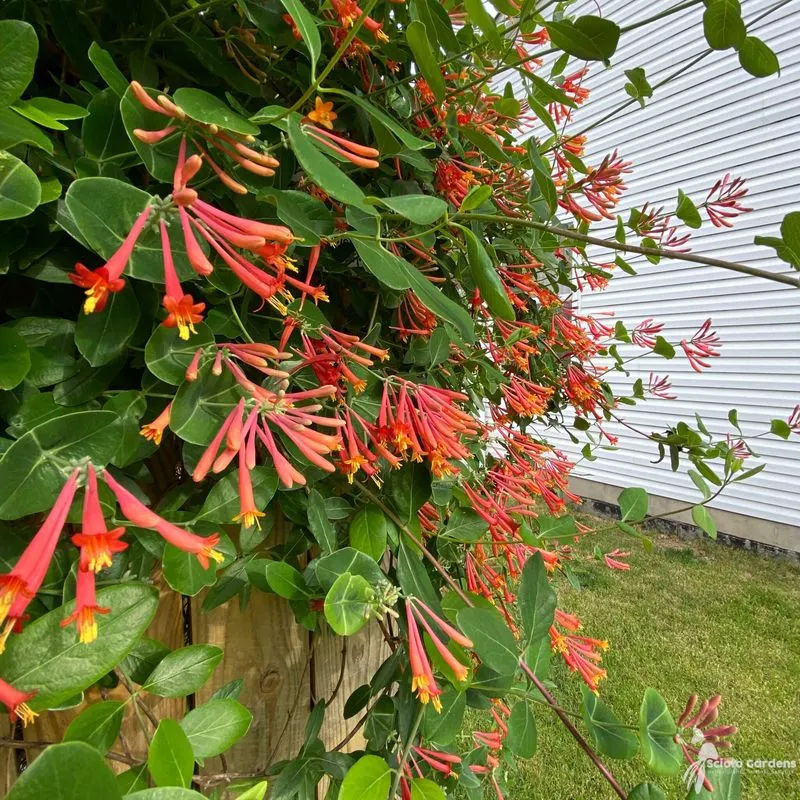
With its striking red and orange tubular flowers, this vine is a favorite among hummingbirds and butterflies. Often seen draping elegantly over fences, it serves as a bright focal point in any garden. Not only does it offer visual appeal, but its scent is a delightful bonus, making evenings in the garden more enjoyable. Coral Honeysuckle is low-maintenance. It thrives in well-draining soil and full sun, making it ideal for gardeners looking for beauty without much fuss. Consider pairing it with native shrubs for an even more dynamic landscape.
Virginia Creeper
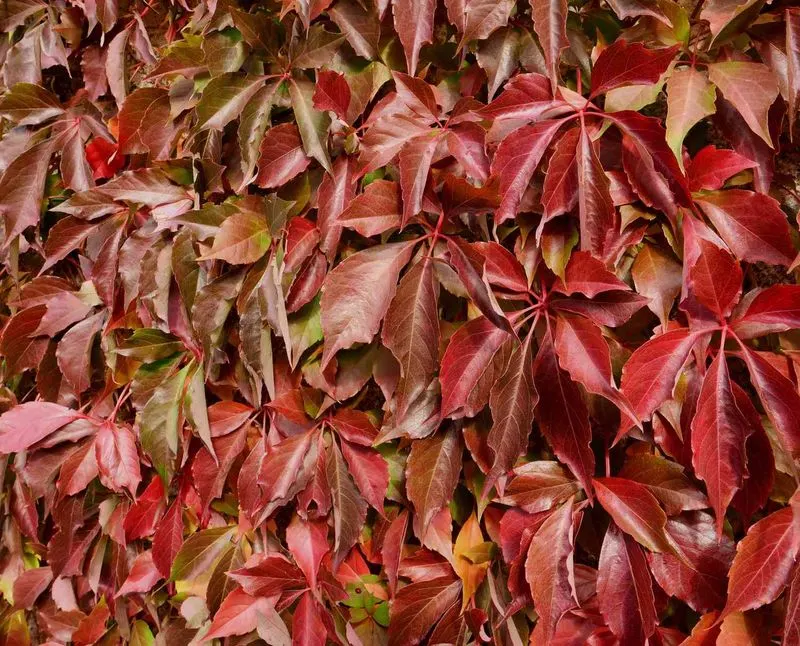
This vigorous grower is renowned for its lush green foliage that transforms into a stunning crimson in the fall. Its adaptability makes it an excellent choice for covering walls or pergolas. While it’s self-clinging, ensuring it doesn’t overtake delicate plants is essential. Virginia Creeper can grow in various soil types, though it prefers a mix of sun and shade. Its berries provide food for birds, adding another layer of ecological benefit. Despite its aggressive nature, regular pruning keeps it manageable and visually pleasing.
Passionflower
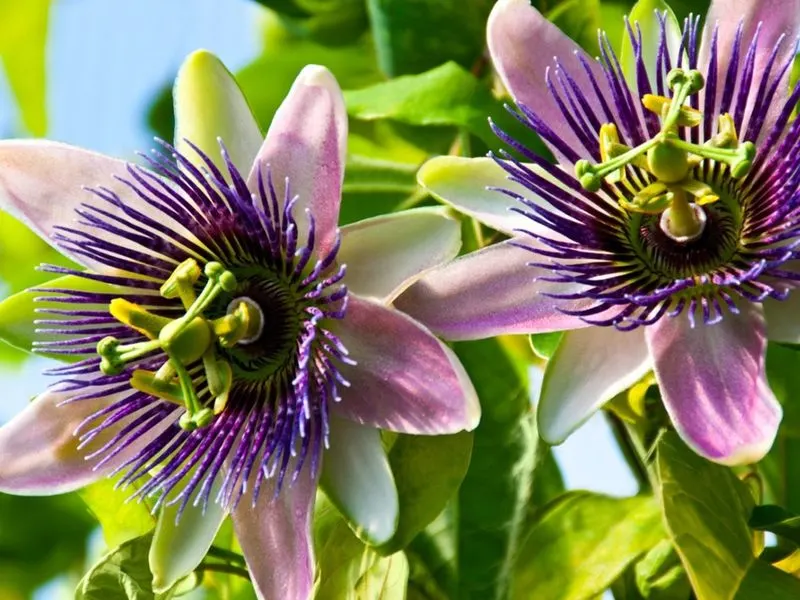
Known for its intricate and exotic flowers, this vine adds a tropical flair to temperate gardens. The blooms’ unique structure draws in pollinators like bees and butterflies. Passionflower can be grown in containers or directly in the ground, preferring well-drained soil. Providing a trellis will encourage its climbing nature. While it may appear delicate, it’s surprisingly hardy once established. Passionflower’s leaves and stems have been used traditionally for medicinal purposes, adding an extra layer of interest to its cultivation. Regular watering ensures its vibrant display.
Trumpet Vine
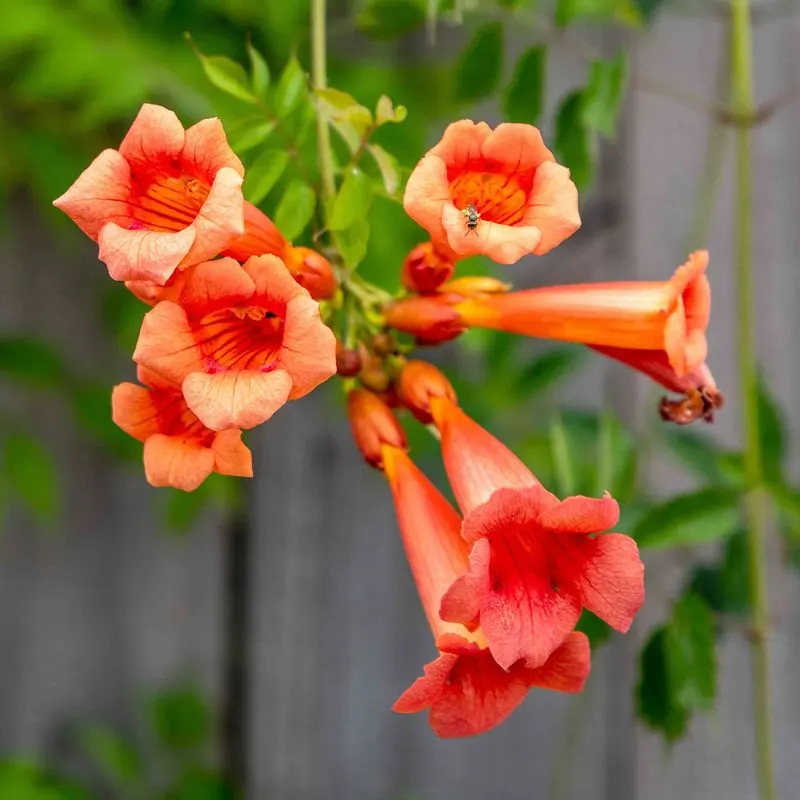
A favorite for attracting hummingbirds, this vine boasts bold trumpet-shaped flowers. Its vigorous growth makes it suitable for larger spaces where it can climb freely. Adequate support and space are vital as it can become quite heavy. Regular pruning helps maintain its size and shape. It thrives in full sun and well-drained soil, rewarding gardeners with a stunning display from mid-summer to early fall. While its growth can be aggressive, strategic placement and care allow it to flourish without becoming unruly.
American Wisteria
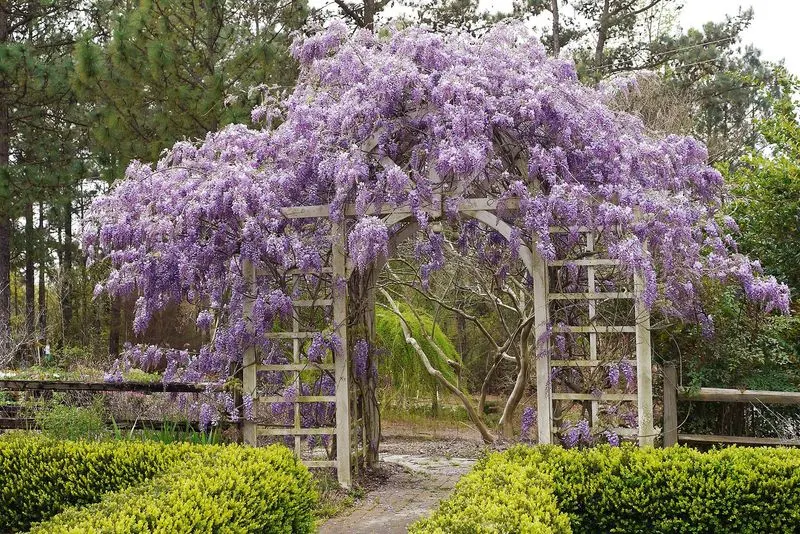
Offering a more restrained alternative to its Asian relatives, American Wisteria provides beautiful lilac blooms. Ideal for pergolas or arbors, its fragrant clusters create a romantic garden setting. It prefers moist, well-drained soil and full sun to partial shade. A sturdy support structure is essential due to its weight when mature. Pruning after flowering helps maintain its shape and encourages new growth. This native vine is a wonderful option for those looking to add elegance without the invasive tendencies of other wisteria species.
Climbing Hydrangea
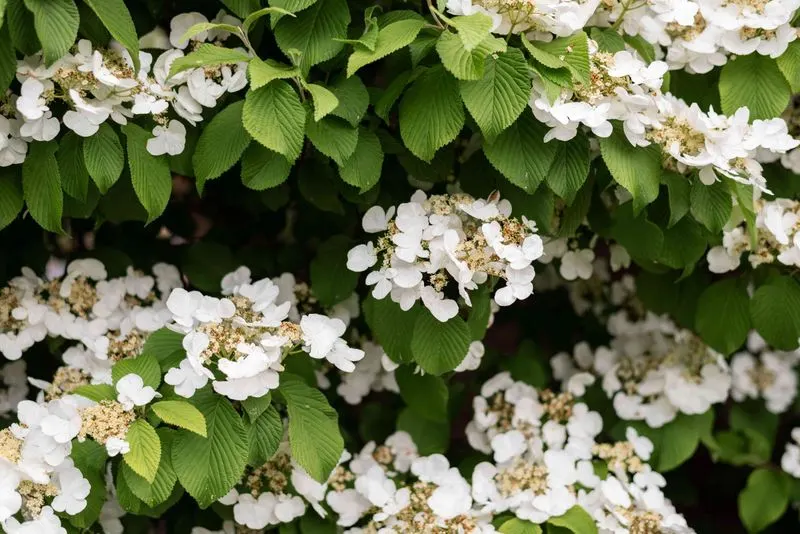
This deciduous vine is known for its ability to climb trees and walls, adding texture and interest to vertical spaces. Its white lace-cap flowers appear in early summer, offering a delicate contrast to its dark green foliage. Climbing Hydrangea prefers shaded to partially shaded areas with rich, well-draining soil. Though slow to establish, it becomes a stunning feature over time. Minimal pruning is required, primarily to control size. This vine is perfect for gardeners who appreciate subtle beauty and structural interest in their landscapes.
Dutchman’s Pipe
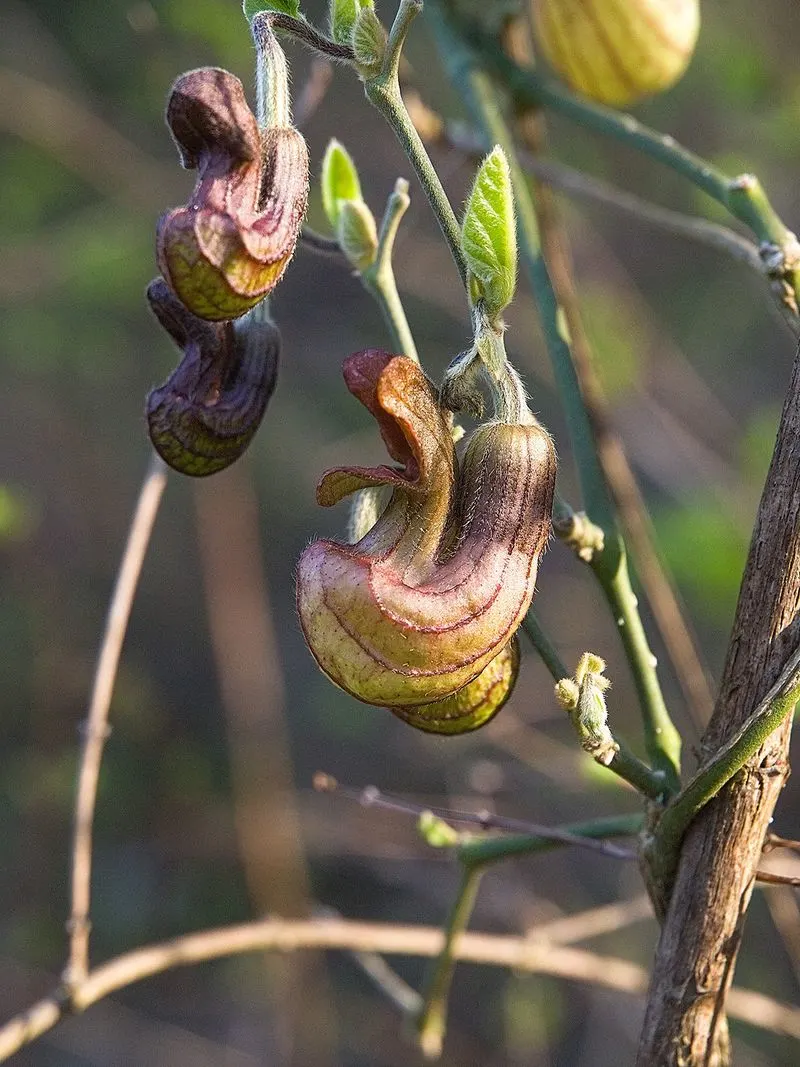
Named for its distinctive pipe-shaped flowers, this vine adds an unusual element to any garden. The flowers are small but intriguing, typically appearing in spring and early summer. Dutchman’s Pipe is favored for its dense foliage that creates excellent privacy screens. It thrives in moist, well-drained soil and can tolerate full sun to partial shade. Supporting structures such as arbors or fences are ideal for this vine. Regular watering and occasional pruning encourage healthy growth. Its unique appearance makes it a conversation starter among garden enthusiasts.
Carolina Jessamine
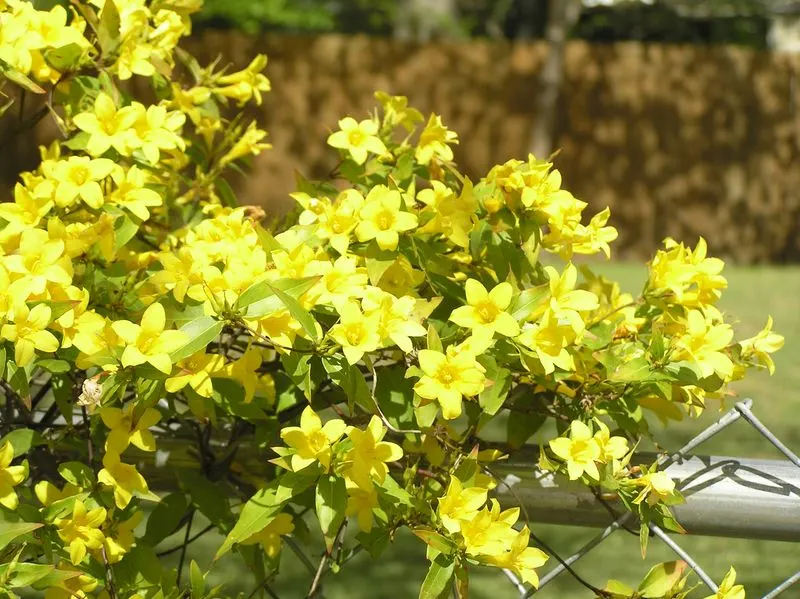
A vibrant choice for adding cheer to your garden, this vine produces fragrant yellow blooms from late winter into spring. It’s an evergreen, providing year-round interest with its glossy leaves. Carolina Jessamine is perfect for covering fences or trellises, offering a burst of color when most gardens are just waking up. It thrives in well-drained soil and full sun, though it can tolerate some shade. Caution is advised, as all parts of the plant are toxic if ingested. Regular pruning will keep it tidy and encourage more blooms.
Crossvine
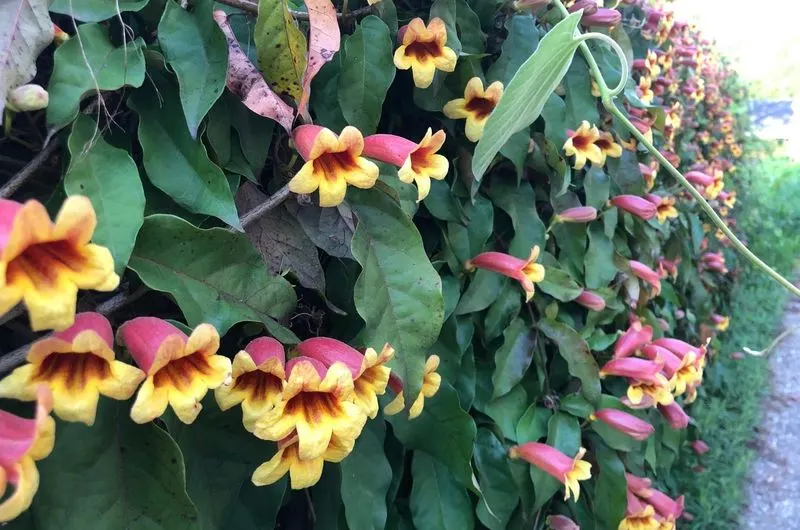
Celebrated for its striking orange-red flowers, Crossvine brings a touch of warmth to any vertical space. It’s semi-evergreen, providing visual interest even in cooler months. Known for its adaptability, it can thrive in a variety of soil conditions. Placing it in full sun maximizes its flowering potential. This vine is particularly appealing to hummingbirds, making it a lively addition. While it requires minimal care, occasional pruning helps maintain its shape and encourages a healthier bloom. Crossvine’s vibrant display and resilience make it a valuable component of native gardens.
Maypop
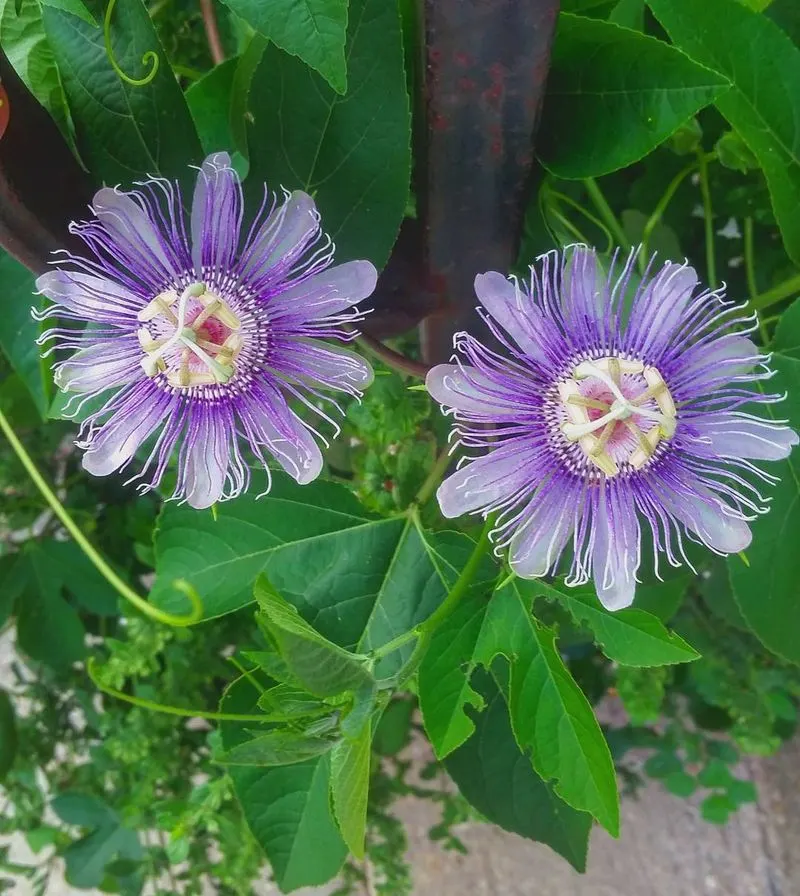
This native passionflower variety is noted for its enchanting purple and white flowers, which can attract a variety of pollinators. Maypop thrives in well-drained soils and enjoys full sun, though it can tolerate partial shade. Its unique name comes from the popping sound its fruit makes when stepped on. While it can spread vigorously, its charm is undeniable. Providing it with a trellis or fence allows it to climb and flourish. As an added bonus, its fruit is edible and can be used in jellies and desserts, adding versatility to its appeal.
Wild Yam
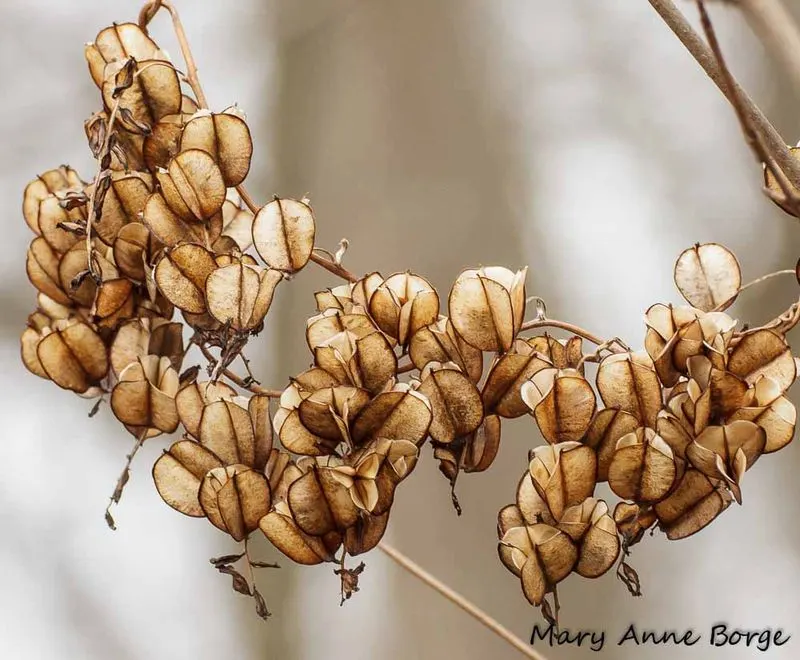
While not the first plant that comes to mind for gardeners, Wild Yam offers unique charm with its heart-shaped leaves. It prefers shady, moist environments, often found in woodland gardens. This twining vine is non-invasive, making it a gentle addition to native plant collections. It grows well in rich, well-draining soil and doesn’t require much intervention once established. Though it doesn’t produce showy flowers, its foliage adds texture and interest. Wild Yam can be particularly useful for adding greenery to less sunny areas, providing a verdant backdrop.
Pipevine
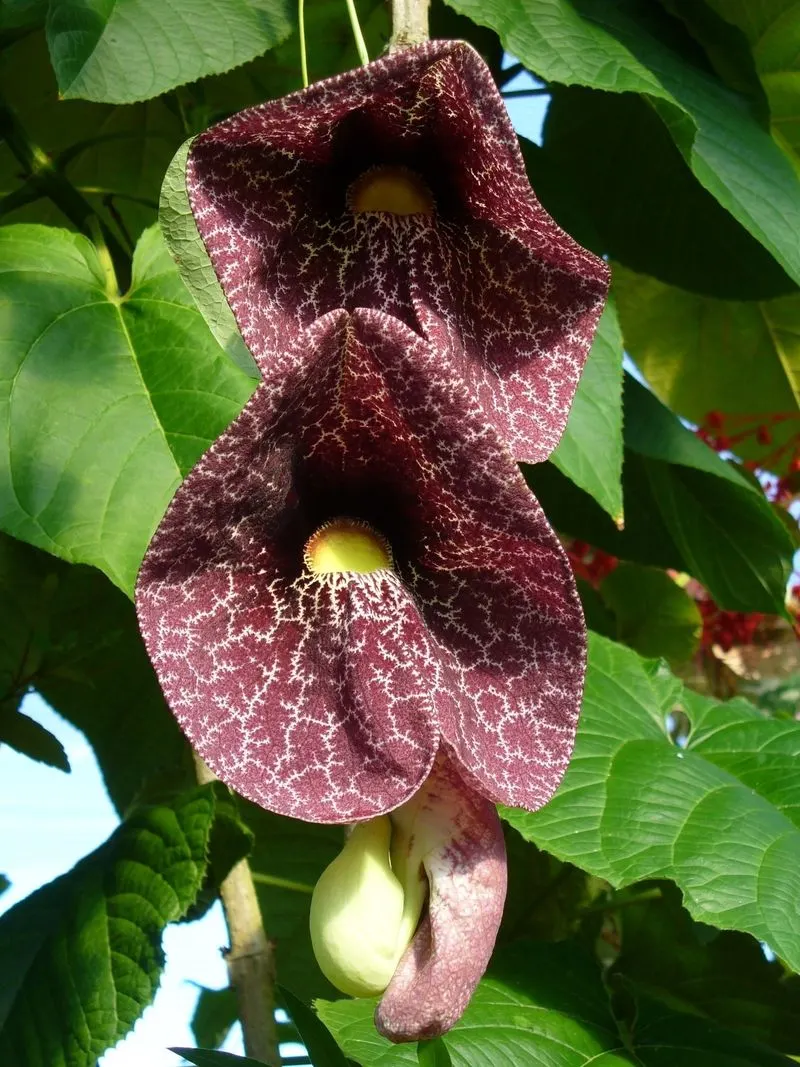
Best known for its pipe-shaped flowers, Pipevine adds an exotic touch to native gardens. Its dense growth makes it effective for privacy screens or covering structures. This vine thrives in moist, humus-rich soil and can adapt to full sun or partial shade. Its unique flowers attract the Pipevine Swallowtail butterfly, making it an ecological asset. Though its growth can be robust, regular maintenance helps keep it in check. Pipevine offers both aesthetic appeal and ecological benefits, making it a smart choice for gardeners looking to support local wildlife.
Purple Milkweed Vine
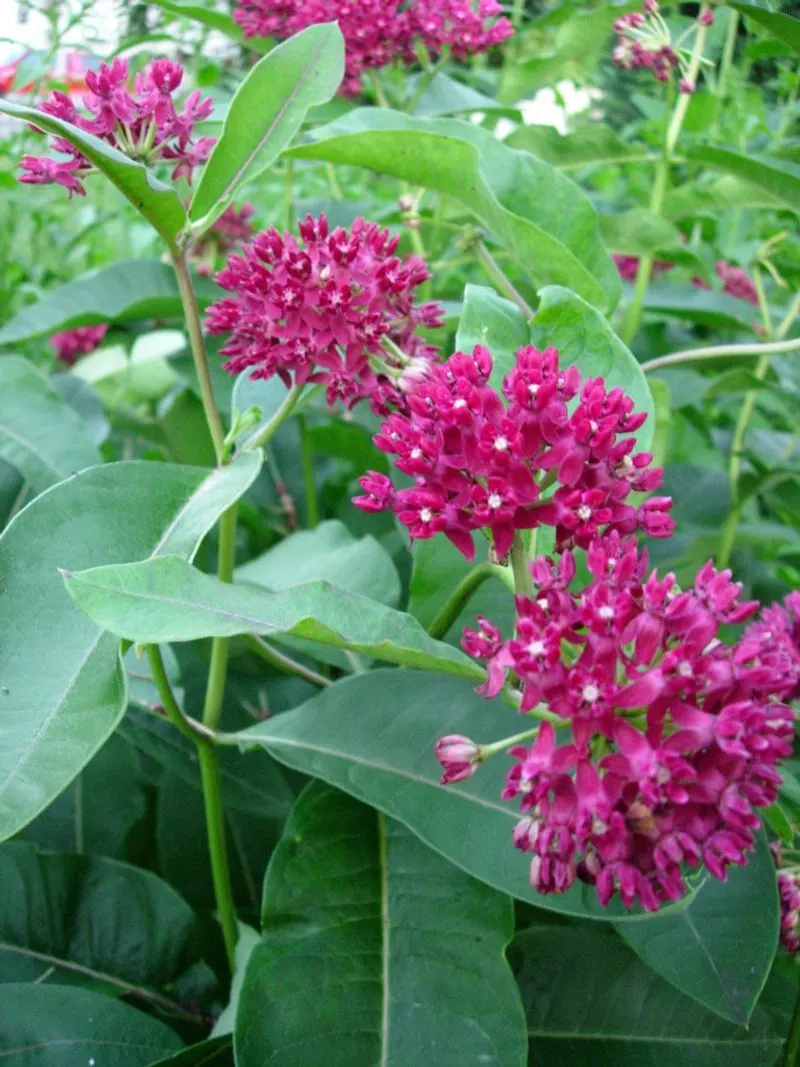
Despite its understated appearance, this vine plays a crucial role in supporting monarch butterfly populations. Its clusters of small purple flowers attract various pollinators, contributing to biodiversity. Purple Milkweed Vine prefers sunny locations with well-drained soil, though it can tolerate some shade. Its growth habit is less aggressive, making it suitable for mixed plantings. Regular watering during dry spells will keep it healthy and vibrant. This vine is not just a garden addition but an investment in environmental stewardship, supporting pollinators and adding subtle beauty.
Fragrant Snakeroot
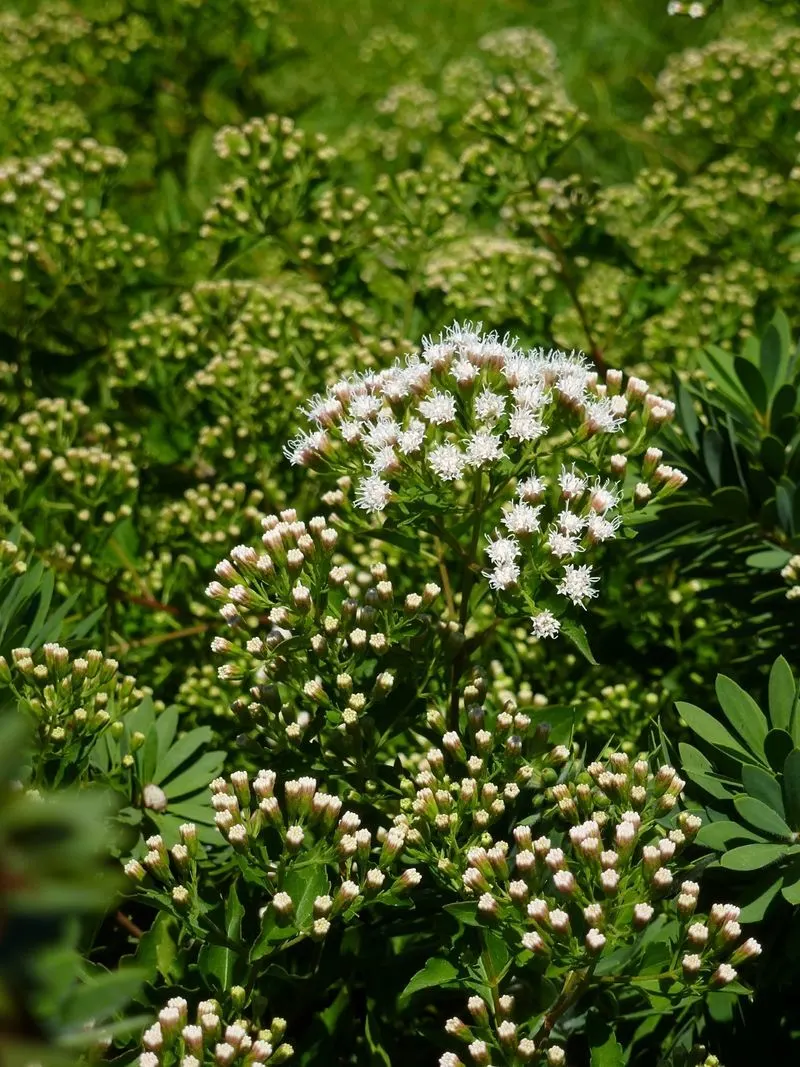
This perennial vine is cherished for its aromatic white flowers, which bloom from late summer into fall. The scent attracts a variety of pollinators, making it a dynamic addition to ecological gardens. Fragrant Snakeroot thrives in rich, well-draining soil and prefers partial to full shade. Its foliage remains attractive throughout the growing season, providing a green backdrop for other plants. Although its growth is moderate, occasional pruning helps maintain its shape. This vine’s fragrant blooms and appealing foliage make it a delightful choice for gardeners.

